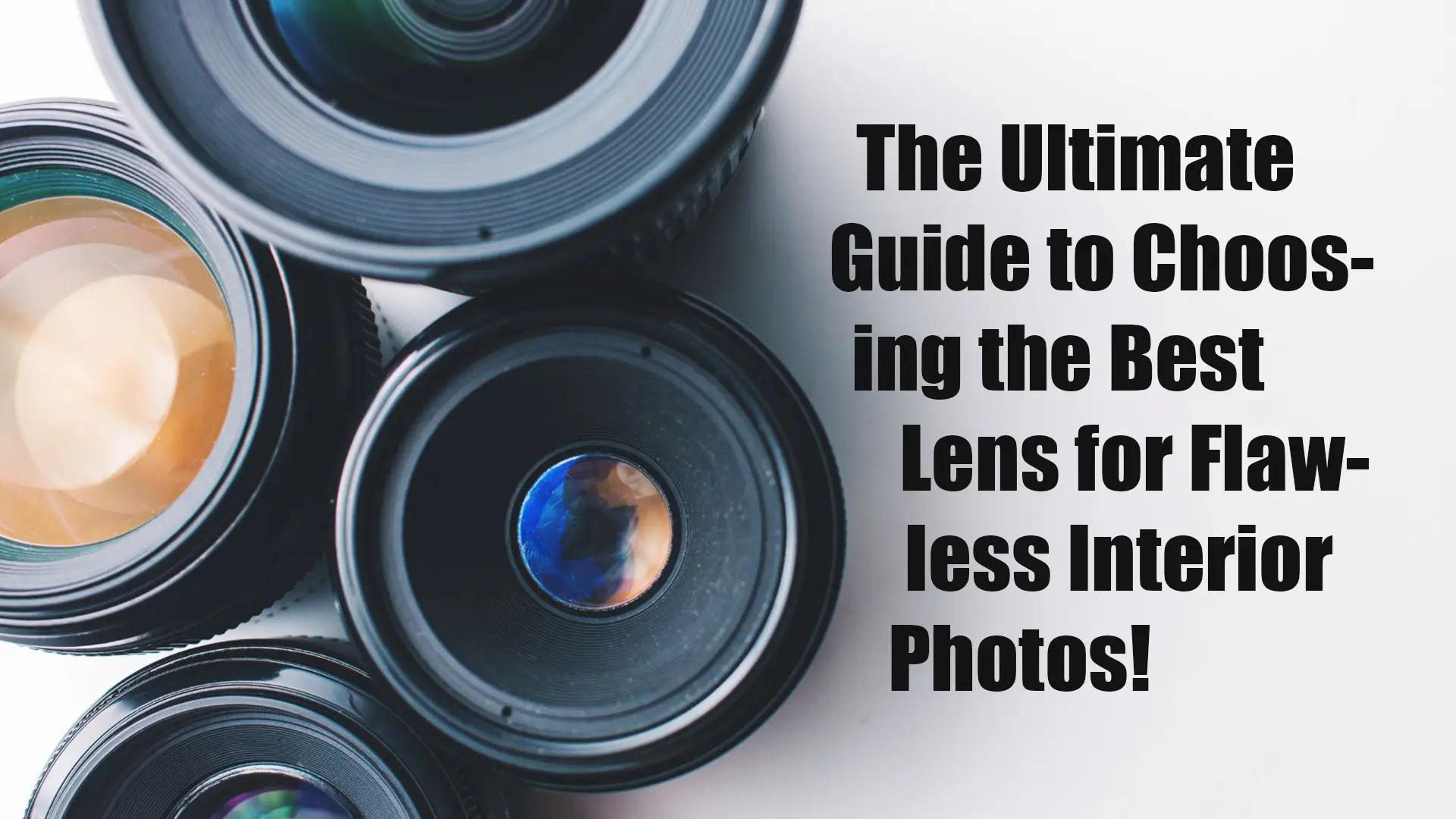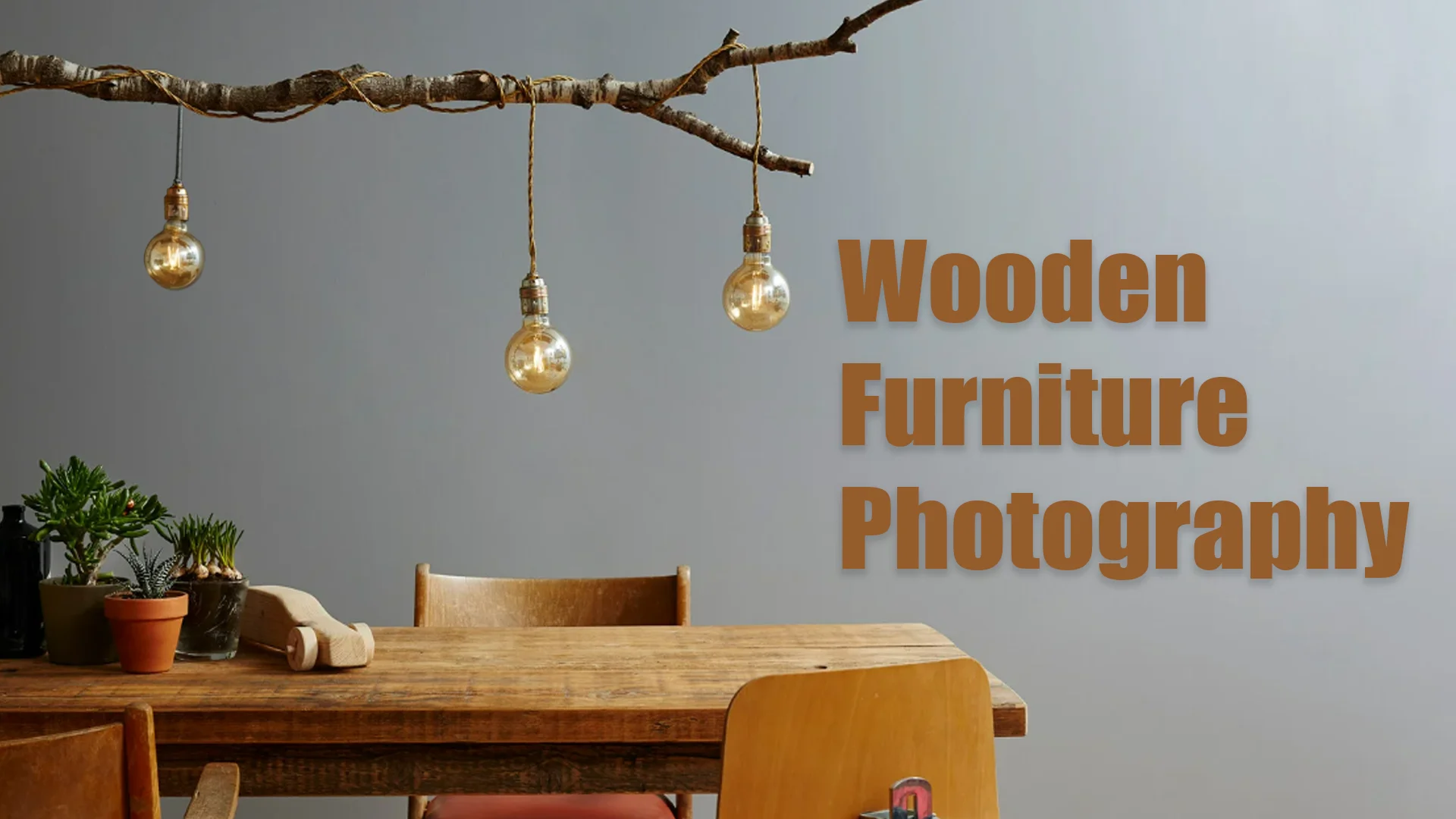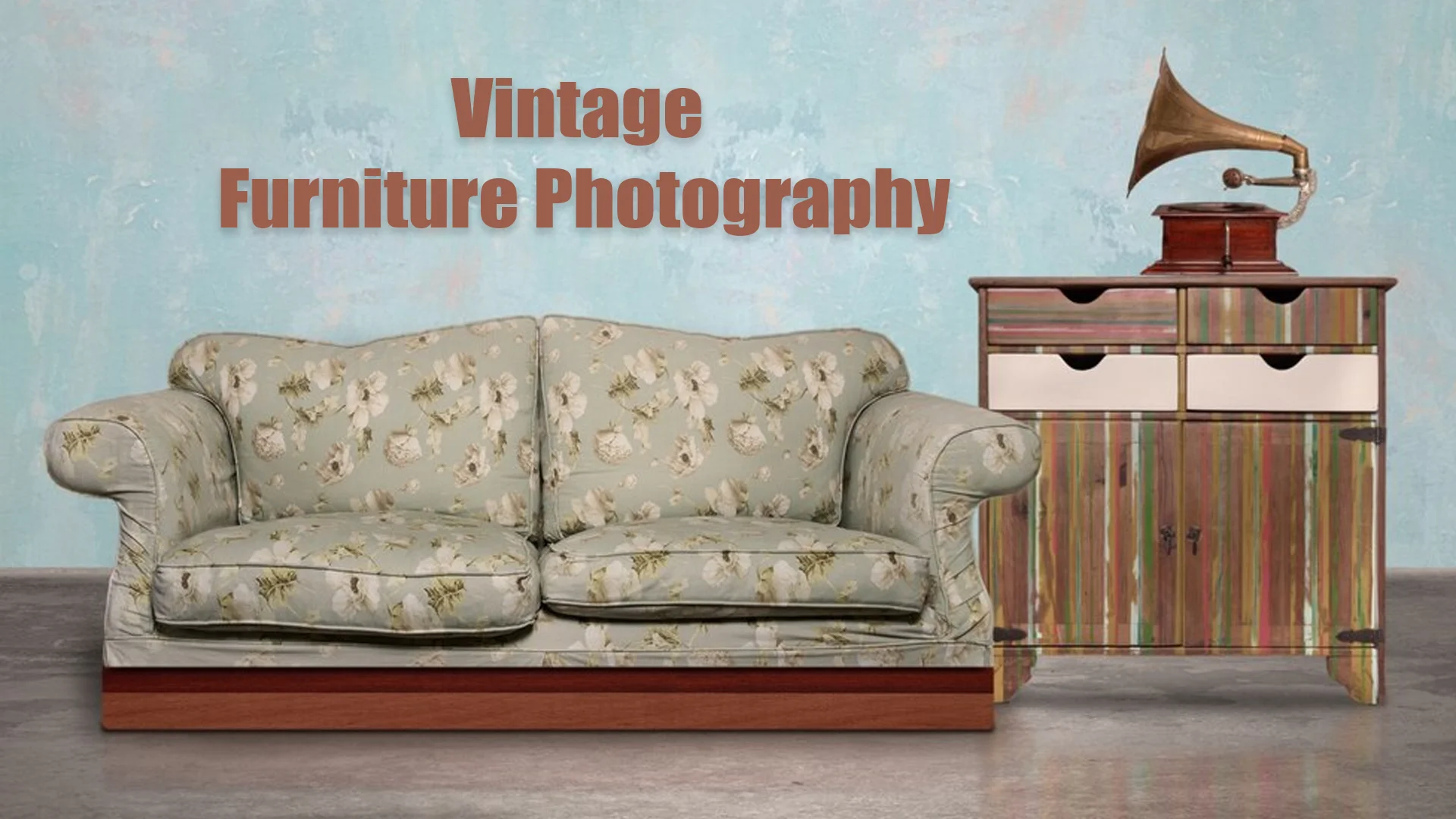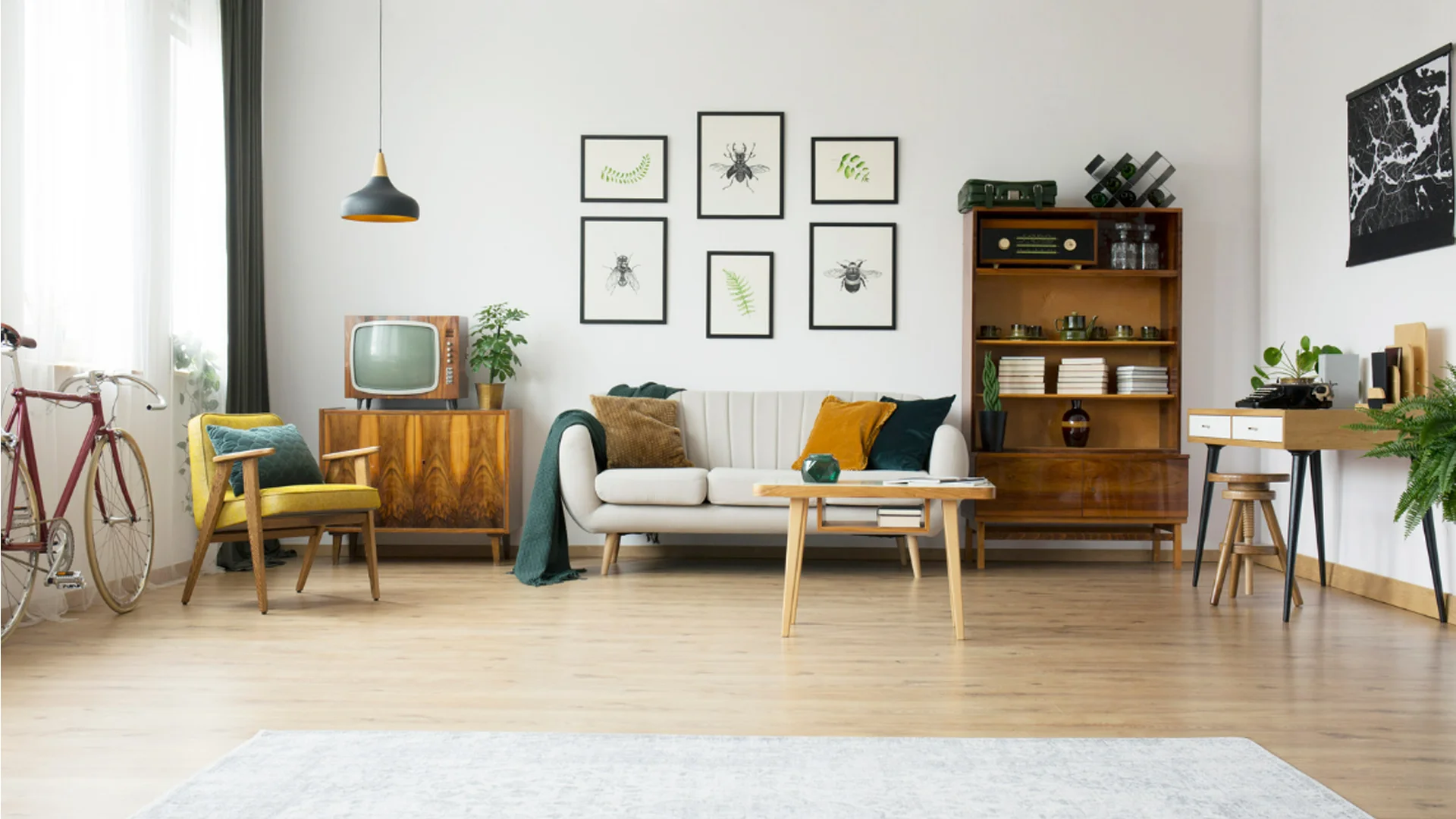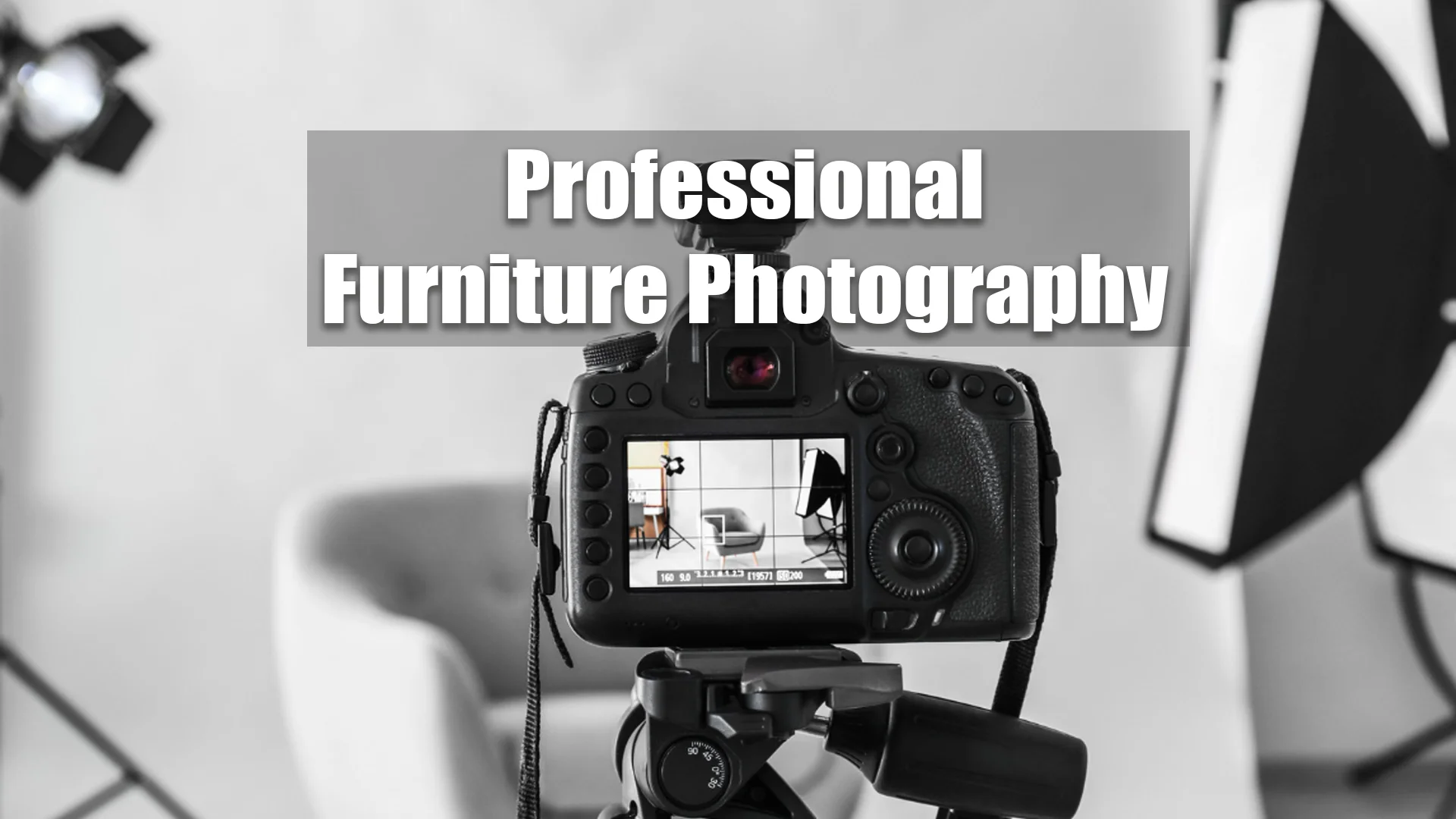Are you looking to capture your home’s beautiful details or showcase your business’ interior in the best light possible? Interior photography is an art that requires not only good lighting but also the right tools to bring out the true beauty of a space. The most crucial piece of equipment in this process is your lens. Choosing the best lens for interior photography can elevate your photos from average to stunning, and it’s important to understand the different features and qualities that make a lens suitable for this genre. In this article, we’ll dive deep into the factors you need to consider when selecting the best lens for interior photography, ensuring that every shot is nothing short of breathtaking.
Why Choosing the Right Lens Matters
Interior photography is about bringing out the best in a space, whether it’s a cozy living room, a grand ballroom, or a modern office. The right lens not only captures the beauty of the design but also highlights the intricate details, textures, and lighting that make the space unique. A poor choice of lens can result in unflattering images with distortion, poor lighting, or missed details. This is why selecting the best lens for interior photography is crucial for photographers, real estate professionals, and design enthusiasts alike.
Understanding the Key Factors in Choosing the Best Lens for Interior Photography
Before diving into specific lenses, it’s important to understand the essential factors that contribute to finding the best lens for interior photography. These include focal length, aperture, image quality, and the ability to control distortion.
Focal Length – When it comes to interior photography, a lens with a wider focal length is usually preferable. A wide-angle lens allows you to capture more of the room in a single frame, which is vital for making smaller spaces look more expansive. Typically, a lens in the 16-35mm or 24-70mm range is ideal for most interior shots, depending on the size of the space.
Aperture – Aperture controls the amount of light entering the lens, which is particularly important in interior photography since many indoor settings don’t have optimal lighting. A wide aperture (with a lower f-stop number, like f/2.8) will allow more light to reach the camera’s sensor, making it easier to shoot in low light conditions while keeping a shallow depth of field.
Image Quality – The clarity and sharpness of your images depend significantly on the quality of the lens you choose. For interior photography, it’s essential that your lens produces high-quality, crisp images, even when you’re shooting wide-angle shots where distortion can often occur.
Distortion Control – Since interior photography often involves wide-angle shots in confined spaces, lens distortion is a common challenge. The best lens for interior photography will minimize or completely eliminate distortion, ensuring that walls and furniture remain straight, not warped.
Types of Lenses for Interior Photography
Understanding the different types of lenses available will help you decide which one suits your style and needs. Below are some popular options for the best lens for interior photography:
Wide-Angle Lenses
Wide-angle lenses are the most popular choice for interior photography. These lenses allow you to capture an expansive view, making even small spaces appear larger. For instance, a 16-35mm lens is versatile and perfect for capturing everything from tight corners to open spaces. With minimal distortion and excellent sharpness, wide-angle lenses are a must-have for interior photographers.
Prime Lenses
Prime lenses have a fixed focal length and are known for their superior image quality. They often come with a wide aperture, making them great for low-light interiors. A 24mm prime lens, for example, is ideal for capturing detailed shots of architectural elements and decor while maintaining sharpness.
Tilt-Shift Lenses
Tilt-shift lenses are a specialized option for those serious about interior photography. These lenses allow you to control perspective and eliminate distortion, which is crucial when shooting spaces with vertical lines. While tilt-shift lenses can be pricey, they are worth the investment for professional results.
Zoom Lenses
Zoom lenses offer flexibility by allowing you to adjust the focal length, making them suitable for a variety of interior settings. A 24-70mm zoom lens, for example, is versatile enough to handle wide shots as well as detailed close-ups. While not as sharp as prime lenses, modern zoom lenses still deliver excellent results.
Best Lenses for Interior Photography in 2025
In 2025, the best lenses for interior photography combine wide focal lengths, fast apertures, and excellent image stabilization, offering sharpness, minimal distortion, and versatility for capturing stunning indoor spaces with precision.Here are some top lenses that stand out in the market for interior photography:
1.Canon EF 16-35mm f/2.8L III USM: A Premium Choice for Interior Photography
The Canon EF 16-35mm f/2.8L III USM is widely regarded as one of the best lenses for interior photography, especially for those who are using Canon cameras. With its wide focal length range from 16mm to 35mm, this lens is perfect for capturing expansive rooms, tight corners, and architectural details with precision. The wide aperture of f/2.8 is an added benefit, allowing you to shoot in low-light environments and achieve a shallow depth of field for artistic effects.
One of the standout features of this lens is its fast and reliable autofocus system, powered by the USM (Ultrasonic Motor), ensuring that you can quickly focus on your subjects with minimal noise, making it an excellent choice for both stills and video work. The lens also boasts exceptional image quality, with sharp details from edge to edge, even at the widest aperture settings. Additionally, Canon’s L-series lenses are known for their rugged build, and this one is no exception. It’s weather-sealed, making it a reliable tool for interior photographers working in different environments, even in less-than-ideal conditions.
With minimal chromatic aberration and vignetting, the Canon EF 16-35mm f/2.8L III is undoubtedly one of the best lenses for interior photography, providing outstanding results in both architecture and real estate photography.
2.Tamron 15-30mm f/2.8 Di VC USD: Versatility with Excellent Image Stabilization
The Tamron 15-30mm f/2.8 Di VC USD lens is another fantastic option and easily one of the best lenses for interior photography for photographers who are looking for a more budget-friendly alternative to some of the premium brands. This lens offers a slightly wider focal length starting at 15mm, making it ideal for shooting very tight spaces and expansive interiors. The constant f/2.8 aperture provides excellent performance in low light, which is crucial for indoor environments where lighting might not always be optimal.
A major highlight of the Tamron 15-30mm lens is its Vibration Compensation (VC), which provides exceptional image stabilization. This feature can be a game-changer when shooting handheld in low-light situations or at slower shutter speeds, ensuring that your shots remain sharp and free from motion blur. The lens is also equipped with Ultrasonic Silent Drive (USD), which delivers fast and quiet autofocus, making it perfect for both still photography and video work.
While the lens is slightly bulkier than some others, its robust build quality and resistant construction make it durable enough for professional use. Overall, if you’re looking for a versatile and affordable wide-angle zoom lens that excels in low light and delivers sharp, distortion-free images, the Tamron 15-30mm f/2.8 Di VC USD is undoubtedly one of the best lenses for interior photography.
3.Nikon NIKKOR AF-S 16-35mm f/4G ED VR: Sharpness and Stability
For Nikon users, the Nikon NIKKOR AF-S 16-35mm f/4G ED VR lens is an outstanding choice, offering sharpness and stability while being more lightweight compared to some other lenses in its class. With a focal length of 16-35mm, this lens is perfect for wide-angle shots of interiors, providing an expansive field of view. The f/4 aperture may not be as wide as some other options, but it still offers excellent performance in well-lit environments, and the inclusion of Vibration Reduction (VR) image stabilization ensures that you get crisp, blur-free shots, even when shooting handheld.
This lens is equipped with Extra-low Dispersion (ED) glass elements, which reduce chromatic aberration and enhance image sharpness, providing great detail in your photos. The nano coating technology on the lens helps reduce ghosting and flaring, especially in high-contrast scenes, which is common when shooting bright light sources in interior spaces. The fast and accurate autofocus system, paired with the lightweight design, makes it a great choice for interior photographers who need reliability without carrying around heavy equipment.
While it has a slightly slower aperture than the f/2.8 lenses, the Nikon NIKKOR AF-S 16-35mm f/4G ED VR is still one of the best lenses for interior photography, especially for those working on a budget or looking for a lens that can handle both stills and video.
4.Sony FE 24-70mm f/2.8 GM: Versatility and Performance for Sony Users
For Sony mirrorless camera users, the Sony FE 24-70mm f/2.8 GM lens is a top contender and is widely considered one of the best lenses for interior photography in the Sony lineup. This 24-70mm zoom lens offers a versatile focal length range, allowing you to capture everything from wide-angle shots of large rooms to more focused shots of smaller interior details. The constant f/2.8 aperture ensures that you have the flexibility to shoot in low-light conditions while maintaining a shallow depth of field for beautiful bokeh effects.
One of the standout features of this lens is its G Master (GM) designation, which ensures excellent resolution and sharpness throughout the zoom range. Even when shooting wide open at f/2.8, the lens offers impressive sharpness and clarity, which is essential for capturing the intricate details of interior spaces. Additionally, the lens is equipped with fast and precise autofocus, powered by the dual XD linear motors, ensuring that you won’t miss a shot.
The build quality of the Sony FE 24-70mm f/2.8 GM is exceptional, with weather-sealing that makes it durable and reliable in various shooting conditions. If you’re a Sony user looking for a versatile lens that performs well in a variety of interior photography situations, the Sony FE 24-70mm f/2.8 GM is undeniably one of the best lenses for interior photography.
5.Sigma 24-70mm f/2.8 DG OS HSM: A Budget-Friendly Alternative Without Sacrificing Quality
The Sigma 24-70mm f/2.8 DG OS HSM lens is an excellent alternative to more expensive zoom lenses, offering incredible value without compromising on performance. With its focal length range of 24-70mm, this lens provides a versatile zoom that allows you to capture wide-angle shots as well as more detailed compositions, making it ideal for interior photographers who need flexibility. The f/2.8 aperture ensures consistent performance even in lower light settings, making it perfect for indoor photography where lighting might be challenging.
A standout feature of the Sigma 24-70mm lens is its Optical Stabilization (OS), which ensures that your shots remain sharp even when shooting handheld at slower shutter speeds. This feature is particularly useful when photographing interiors with less-than-ideal lighting conditions. The Hyper Sonic Motor (HSM) offers quick, quiet autofocus, making this lens a great choice for both still and video work.
The lens delivers excellent image quality, with sharpness throughout the zoom range and minimal distortion or chromatic aberration. It also has a solid build quality, making it a durable option for regular use. Overall, the Sigma 24-70mm f/2.8 DG OS HSM is one of the best lenses for interior photography, providing outstanding performance at a more affordable price compared to other premium lenses in the same class.
Conclusion
Choosing the best lens for interior photography can transform your images from ordinary to extraordinary. Whether you’re capturing cozy homes, luxury hotels, or modern offices, investing in the right lens ensures your shots are sharp, detailed, and visually appealing. From wide-angle and prime lenses to specialized tilt-shift options, there’s a lens to suit every style and budget. Remember to pair your lens with proper techniques, like using a tripod and maximizing natural light, to achieve stunning results. With the right equipment and skills, you can bring any interior space to life through your photography.
Frequently Asked Questions (FAQs)
What is the best focal length for interior photography?
Wide-angle focal lengths between 14mm and 35mm are ideal for interior photography as they capture more of the space without significant distortion.
Can I use a smartphone lens for interior photography?
While modern smartphones have advanced cameras, they can’t match the quality and versatility of a dedicated wide-angle or tilt-shift lens.
Are prime lenses better than zoom lenses for interiors?
Prime lenses offer superior image quality and wide apertures, while zoom lenses provide flexibility. The choice depends on your specific needs and shooting style.
How do I avoid distortion in interior photography?
Use lenses with minimal distortion, such as tilt-shift lenses, and correct any distortion during post-processing with software like Adobe Lightroom.
Is a wide aperture necessary for interior photography?
A wide aperture is helpful for low-light situations and achieving a shallow depth of field. However, for most interior shots, stopping down to f/8 or f/11 ensures better sharpness.
What budget-friendly lens would you recommend for interior photography?
The Tamron 15-30mm f/2.8 Di VC USD is an excellent budget-friendly option that delivers great results without breaking the bank.
